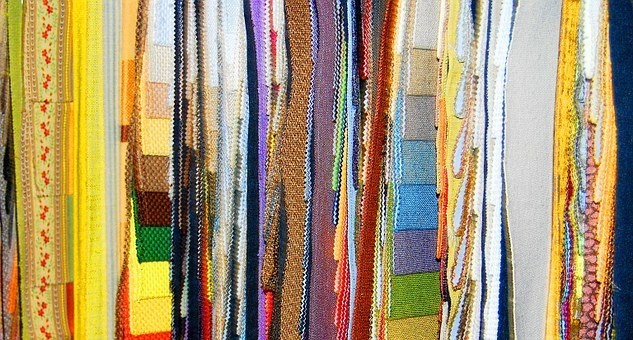
ACCC investigates Possible azo dye risks associated with exposure to furniture
Recent activity in relation to hazardous azo dyes in clothing and bed linen has prompted concerns about possible similar links to textiles and leather in furniture. Coupled with these concerns is the potential exposure to chemicals such as formaldehyde from bonded leather on imported furniture.
‘The ACCC’s work in this area was triggered through an assessment by the National Industrial Chemicals Notification and Assessment Scheme (NICNAS) which recommended that the ACCC consider mechanisms to restrict the supply of textiles and leather articles which may come into direct and prolonged contact with the human skin,’ recounts Australian Furniture Association CEO, Patrizia Torelli. ‘As industry leaders, we take the fact that furniture may also plausibly result in human exposure to these chemicals at unacceptable levels very seriously.’
In considering the elements of human exposure the types of dyed articles that may typically be in such extensive direct and prolonged contact with the skin in circumstances where body heat and moisture from sweat or saliva are also present are:
- sofas
- lounge suites
- chairs’ and
- office chairs
- ottoman
- day beds
- bedheads/sidefoot rails
- footend
- blanket box/foot locker
- tall boys/chests of drawers
- bedside
- lowboys
- lingerie chests,
The AFA believes that there may are varying levels of direct contact between the skin and upholstered surfaces of furniture, with this type of occasional contact potentially creating the exposure scenarios where there may be migration and dermal absorption of aromatic amines at unacceptable levels. The AFA has called for furniture to be included within the scope of the ACCC’s current activity in relation to the use of hazardous azo dyes.
‘We believe further expert advice is required to reassure consumers that their health is not at risk due to any possible exposure to these imported products,’ says Ms Torelli. ’We have consulted with a number of accredited Australian suppliers who are able to give guarantees about their products, which all meet the very stringent testing and standards accreditation demanded of Australian made products. For example, in the case of Australian textile suppliers, they must ensure that their written certification acknowledges that a mill does not use any harmful substances in their weaving processes. This is not negotiable and is stringently audited. In the case of imported furniture these check and balances simply don’t exist and therefore the consumer is exposed to potentially serious health risks. We believe that savvy Australian consumers value their family’s health far above the savings made from purchasing cheap imported products.’
Suppliers of consumer goods are required to notify the ACCC if they become aware of serious injuries associated with the products they supply. The ACCC has established vigilance systems which collate data on injuries and potentially hazardous consumer goods and assess possible risks to consumers. In the past the ACCC has identified and investigated various possible chemical hazards that may relate to furniture items such as; brominated flame retardants, formaldehyde and the potent skin sensitiser dimethyl fumarate.
The ACCC receives many complaints and allegations about the supply of consumer goods and the Australian Furniture Association (AFA) encourages consumers to contact the ACCC if they have specific information or evidence of hazardous furniture (whether imported or domestically produced) being supplied in Australia, particularly given the widespread daily use of furniture.
By way of general awareness, on 29 May 2014 the ACCC released a paper seeking specific information from affected business and industry about any likely increases in costs if regulation or quasi regulation were introduced to address the issue of hazardous dyes in clothing, textiles and leather articles.
‘The AFA is supporting the education of consumers and industry leaders in relation to this matter and has engaged international expert, Mr. Stephan Pesch, Vice General Manager TUV Rheinland to speak on the topic at the upcoming National Furniture Industry Training Conference on 10-11 July in Melbourne, say Ms Torelli. ‘Mr Pesch heads up the furniture laboratories in Shanghai and Guangzhou and he leads a team which offers a range of research and development services such as Green Services for the furniture industry (FSC, legal timber) and furniture testing solutions for European, US and Australian customers. He is well-placed to provide guidance and advice to the Australian market.’
Consumers can contact the ACCC Product Safety Branch at https://www.productsafety.gov.au/content/index.phtml/tag/ReportAnUnsafeProduct
